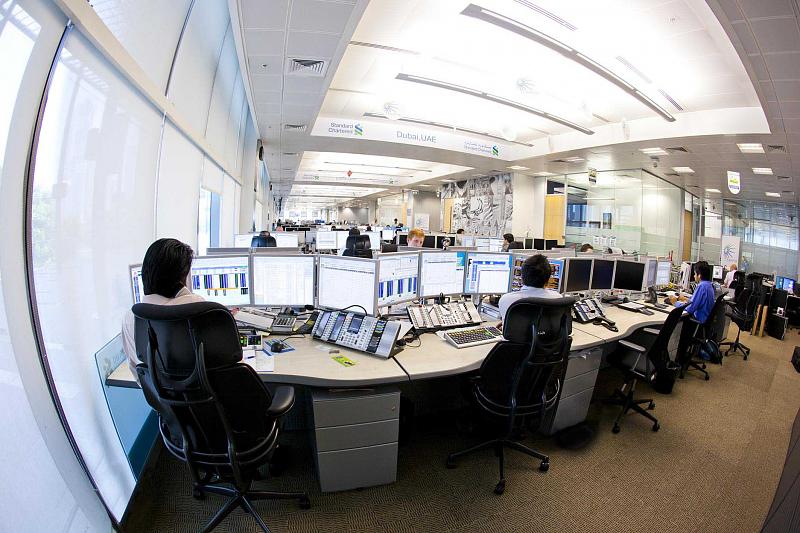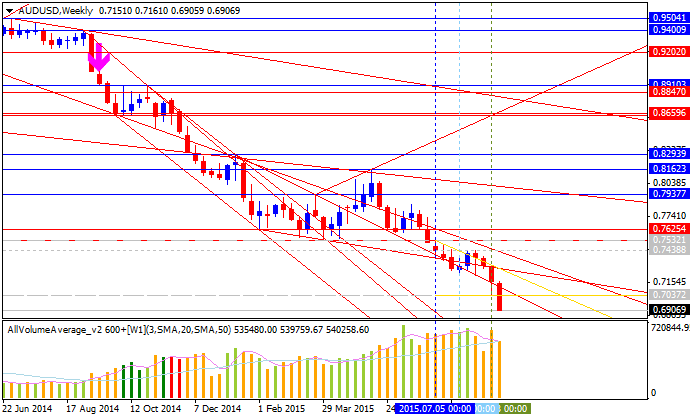Why volatility is bad news for investment banks
Recent market volatility isn’t good news for investment banks, JPMorgan’s Kian Abouhossein and team argued, and leaves Goldman Sachs and Morgan Stanley near the bottom of their pecking order. They explain:
"Although volatility is good for investment banks, recent market turmoil has led to a spike in market volatility (avg VIX +100% since 15 Aug) which poses some residual short positioning risks such as correlation. Generally vertical movements have historically led to mark-to-market/hedging losses; however, IBs have not had material losses so far, in our view, due to i) lower inventory, ii) lower VaR & iii) better risk management. However, we note that IBs are not immune to the market movements & overall positioning may have impacted P&L negatively vs. 2Q leading to EPS cuts. We also take a cautious view that recent strong turnover, especially in equities could decline materially once markets settle – not just in Asia but globally. We reiterate our cautious view on credit trading as potential defaults could impact spread levels & client activity. Finally volatility could impact deal completion in 3Q and potentially 4Q. We cut our EPS by average 2-3% in 2015-17E. We now forecast 3Q15E IB revenues to be -19% q/q ex GS with FICC -18% (prev -14%), Equities -20% (prev -16%) and IBD -17% q/q (prev -13%). We prefer cash equity and macro geared IBs: UBS (UBS) and Deutsche Bank (DB). Our Global IB pecking order: UBS, Deutsche Bank, Credit Suisse (CS), Barclays (BCS), Societe Generale, Morgan Stanley, BNP Paribas & Goldman Sachs."
Shares of Goldman Sachs have risen 0.4% to $185.32 at 3:15 p.m. today, while Morgan Stanley has ticked up 0.1% to $33.81, UBS has ticked up 0.1% to $20.43, Deutsche Bank has gained 0.9% to $29.27, Credit Suisse has advanced 0.3% to $26.26, and Barclays has dropped 0.5% to $15.58.
the source


 LinkBack URL
LinkBack URL About LinkBacks
About LinkBacks







 Reply With Quote
Reply With Quote




Bookmarks